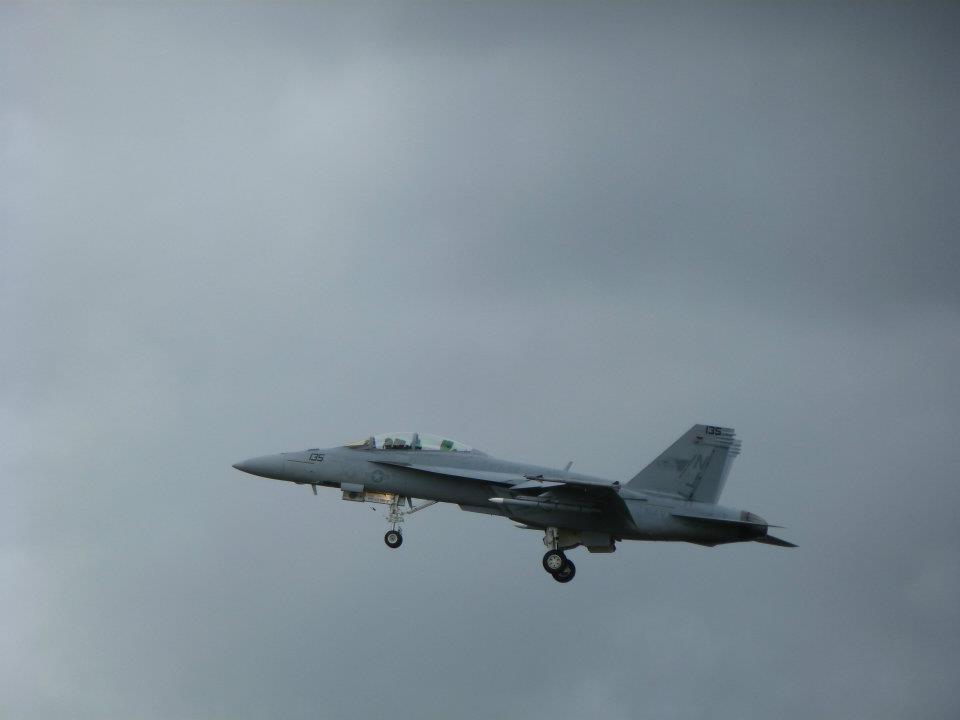Airplanes and suitcases. The unsung heroes that make travel possible and, without fail, are somehow left out of the stories told once the journey has been completed.
Trains are so two centuries ago.
My recent trip to London was only possible due to my parents’ working for Bell Helicopter and it’s involvement in the bi-yearly Farnborough International Air Show. Considering that it’s literally only because of aircraft and flight that my family was able to rendezvous from various points within the U.S.A. on a little island in the middle of the North Atlantic, I figured it only fair to dedicate a post to modern flight.
Farnborough may not hail to the suitcases of our past but aircraft? Well, aircraft they do just fine.
This biyearly airshow has been taking place in some way shape or form since the beginning of the century…no, not the 200o one. The one before that. Smart ass.
Anyway, humankind has always been fascinated by flight. According to Farnborough’s website, man powered balloons, kites and ridiculous wing contraptions were all put on display in their green fields in the sometimes ridiculous early attempts at flight.
“Next stop, Timbuktu!” (Photo credit Robinson Library)
Then the North Carolinians stepped in and showed ’em how it’s done. AmIright?!
Ahem. Fast forward a mere 112 years and this is what flight now looks like.
Why yes, Airbus, I’m free for contract work. #marketinggenius
112 years may seem like a long time, but going from 12 seconds of flight down a sand dune to transworld, 18+ hour sustained flights? With beverages? And wi-fi? And movies? And BATHROOMS???
To my physics-is-magic brain it seems like an incredibly exponential rate of progress.
The Air Show at Farnborough didn’t put a lot of emphasis on the beginnings of flight, and instead focused on the blow-your-mind realities of modern aviation. Jets that are loud enough to shake the floor you’re standing on, come to a complete stop midair before zooming off again. Huge football stadium sized planes doing G pulling turns. Helicopters with rotor blades that can move independently. And then there’s the crazy pilots who put on simulation dog fights.
We’ve come a long way Wright Brothers.
It was an incredible experience to see the innovation that continues to take place in this relatively long historied endeavor. I mean, by comparison the lightbulb isn’t doing much differently these days. Then again if a lightbulb looked more like this:
We might have a few more electricians and less aeronautical engineers.
For me, I’m thankful that the mystery and magic of flight is still a huge pull on the human consciousness that inspires increasingly safer, faster and incredible aircraft. I’m not sure I would’ve been able to stomach multiple trips abroad via ocean steamliner…






